Last updated on
Discover the simple steps to change a pocket door lock. Ensure privacy and security in your home with ease.
Pocket doors are a great space-saving solution that has become increasingly popular in modern homes. They slide smoothly into the wall, allowing for more floor space and a sleeker look.
However, one issue that homeowners may encounter with pocket doors is the lock mechanism. Whether you want to increase security or replace a broken lock, changing a pocket door lock can be daunting for those who have never done it before.
In this article, we will guide you through the process step-by-step so you can confidently tackle this project and enjoy the benefits of your newly secured pocket door!
Key takeaways:
- Identify the type of pocket door lock you have installed.
- Prepare the necessary tools and materials for changing the lock.
- Remove the old pocket door lock by loosening screws or removing hidden clips.
- Install the new lock by attaching the latch, strike plate, and lock mechanism.
- Test the lock’s functionality and address any troubleshooting issues.
Table of Contents
Introduction to Pocket Door Locks

Pocket doors are a great way to save space in your home, but they can be tricky when it comes to locking them. Unlike traditional doors with visible locks and handles, pocket door locks are hidden inside them.
This makes them less obvious and more aesthetically pleasing, but it also requires a different type of lock mechanism than regular doors.
There are several types of pocket door locks available on the market today. Some use simple latches or hooks to close the door, while others feature more advanced mechanisms such as mortise or privacy locks for added security and privacy.
Before you start changing your pocket door lock, it’s important to identify what type of lock you have installed so you can choose an appropriate replacement.
Types of Pocket Door Locks
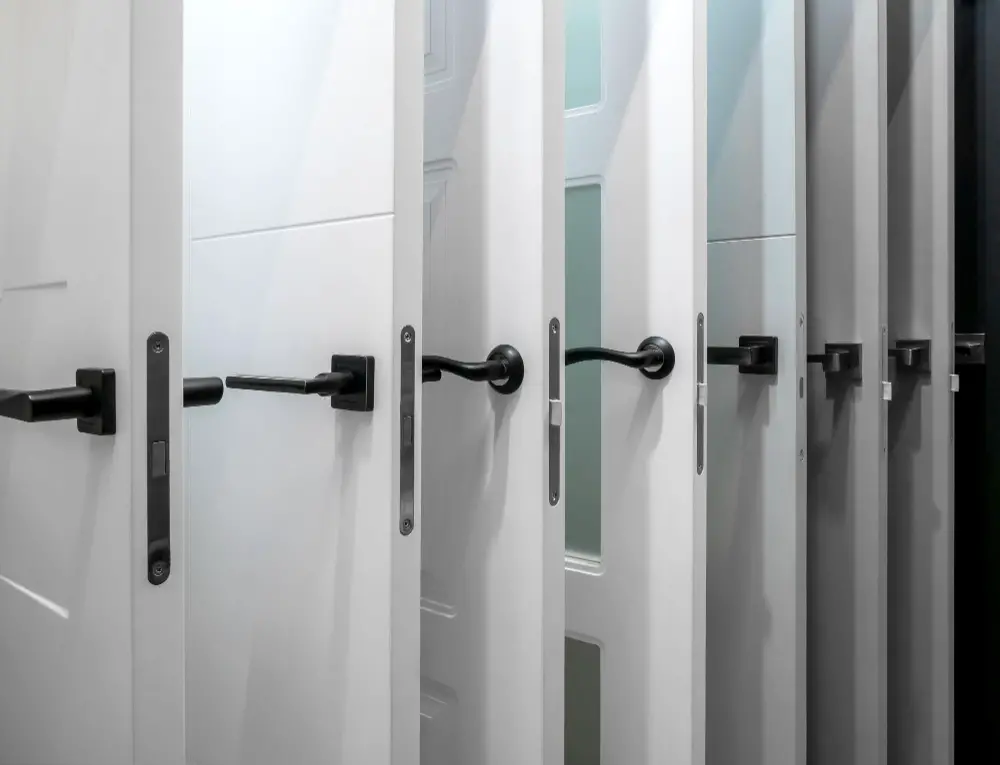
The most common type is the edge pull lock, which is installed on the edge of the door and requires a finger pull or knob to operate. Another popular option is the privacy lock, which features a thumb turn on one side and an emergency release slot on the other for added safety.
For those who want more advanced security options, keyed pocket door locks require a key for access. Some homeowners may prefer electronic smart locks that can be controlled remotely through their smartphone or home automation system.
Before choosing your new pocket door lock, consider your specific needs regarding functionality and security.
Tools and Materials Needed

Here is a list of what you’ll need:
Tools:
- Screwdriver (Phillips or flathead, depending on the screws)
- Drill
- Hole saw bit
- Chisel
- Hammer
Materials:
- New pocket door lockset
- (make sure it matches the size and shape of your old one)
- Screws for installation
- Wood filler or putty
Having these tools and materials ready will make the process smoother, faster, and more efficient.
Removing the Old Lock

This process may vary depending on the type of lock you have installed. Some locks are held in place by screws, while others require more effort to remove.
To remove your old pocket door lock, start by locating any screws holding it in place. These will typically be located on either side of the door or inside the locking mechanism itself.
Once you’ve located these screws, use a screwdriver to loosen and remove them from their position. Be sure to keep track of all hardware, as they will be needed for installation later.
If your pocket door has an older style mortise lock with no visible screws or fasteners, it is likely held in place with hidden clips that can be removed using pliers or other tools designed for this purpose.
With all hardware removed and clips released (if applicable), gently pull outwards on both sides of the locking mechanism until it comes free from housing within your pocket doors frame.
Preparing the Door for Installation

This involves removing any existing hardware and ensuring the door is clean and debris-free. Use a screwdriver to remove any screws or bolts holding the old lock in place.
Once you have removed all hardware, use a putty knife or scraper to remove any adhesive residue left behind.
Next, inspect your pocket door for damage or wear that may affect its ability to function properly with your new lock mechanism. Check for wood or metal frame cracks and warping caused by moisture exposure.
Installing the New Lock
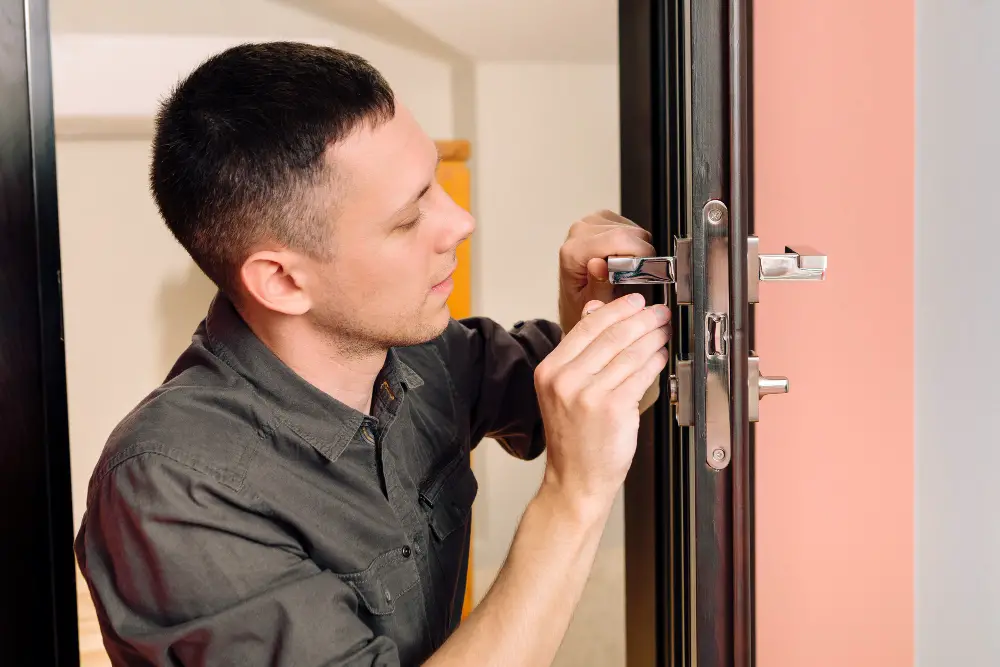
Start by inserting the latch into its hole on the edge of your pocket door and securing it with screws. Next, attach the strike plate to your door jamb using screws and ensure it aligns perfectly with your latch.
Now comes installing a new lock cylinder or thumb turn mechanism, depending on what type of pocket door lock you are working with. Insert this component through its designated hole in either side of your pocket door until it protrudes from both sides equally.
Adjusting the Lock Mechanism
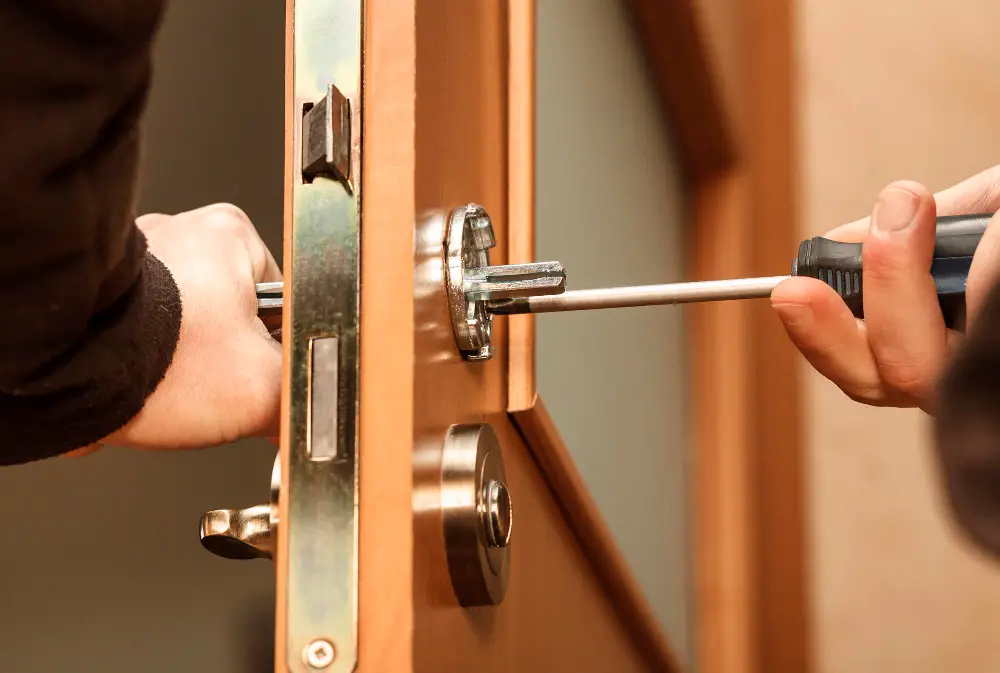
You may need to adjust the mechanism if the lock is too loose or too tight. To do this, use a screwdriver to loosen or tighten the screws on either side of the lock until it operates smoothly.
If your pocket door has a latch bolt that doesn’t fully extend into its strike plate when locked, try adjusting its position by loosening and repositioning one of these components slightly. You can also adjust how far out from your wall surface your pocket door sits by turning an adjustment screw at each end of most tracks.
It’s essential not to over-tighten any screws as this could cause damage or prevent proper operation of your new lock mechanism.
Testing the Lock Functionality
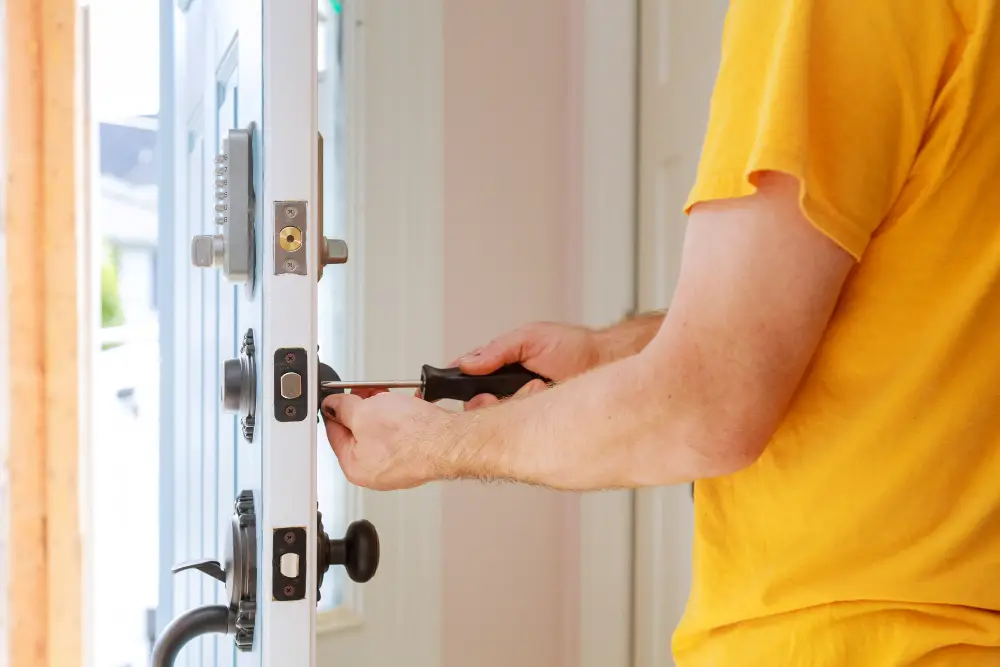
This step ensures that your lock works correctly and provides peace of mind knowing that your pocket door can be securely locked.
To test the lock, close the door and turn the thumb or key to engage the locking mechanism. Try opening and closing the locked door to ensure it stays in place without wobbling or rattling noises.
Next, try unlocking from both sides of your pocket doors using a key (if applicable) or thumb turn. Ensure there are no unlocking issues from either side, which could indicate an installation error.
Troubleshooting Common Issues
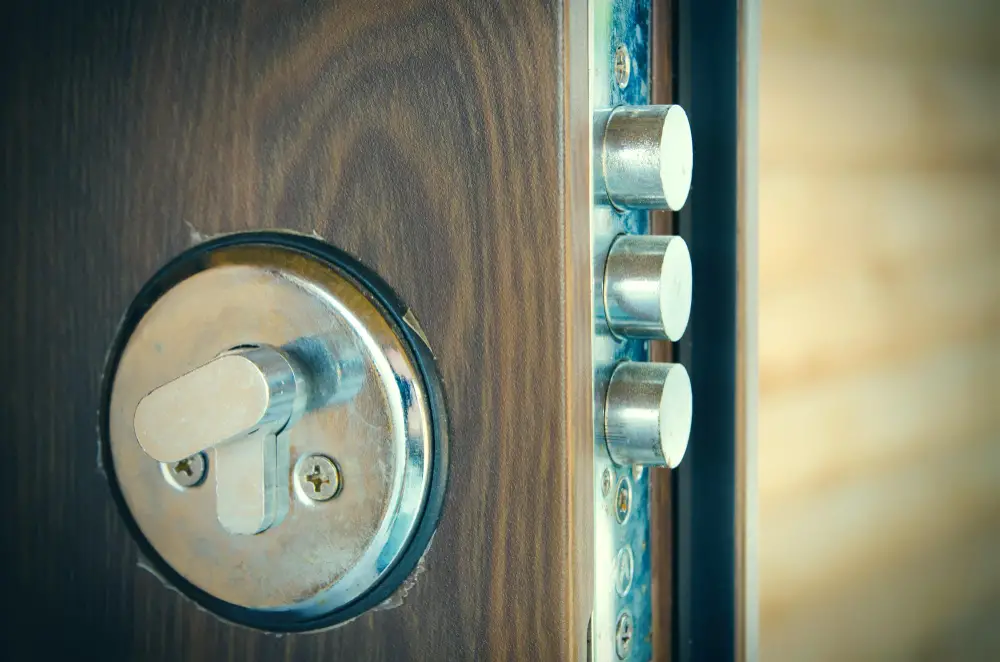
One of the most common problems is misalignment, which occurs when the lock mechanism does not align with the strike plate on the door jamb. This can cause difficulty in locking and unlocking your pocket door.
Another issue that homeowners face is a loose or wobbly handle. This problem usually arises from improper installation or wear and tear over time.
If this happens, you must tighten any screws or bolts holding the handle in place.
Lastly, if your newly installed lock fails to latch properly even after adjusting it multiple times, there could be an issue with the strike plate or latch itself. In such cases, it’s best to consult a professional locksmith who can diagnose and fix any underlying issues.
Maintaining Your Pocket Door Lock
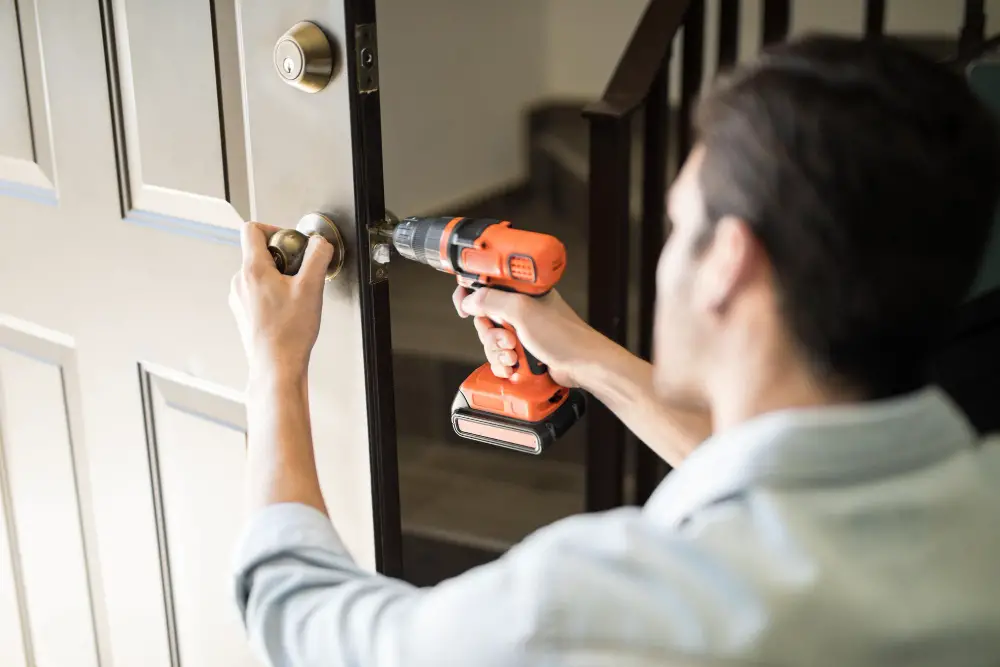
Regular maintenance can also prevent potential issues from arising in the future.
To keep your pocket door lock in good condition, periodically clean the locking mechanism with a soft cloth and lubricate any moving parts with a silicone-based spray or oil. Avoid using harsh chemicals or abrasive materials that could damage the finish of your lock.
Make sure to check for loose screws or other signs of wear and tear on a regular basis. Tighten any loose screws as needed and replace any damaged components promptly.
Upgrading to Smart Pocket Door Locks
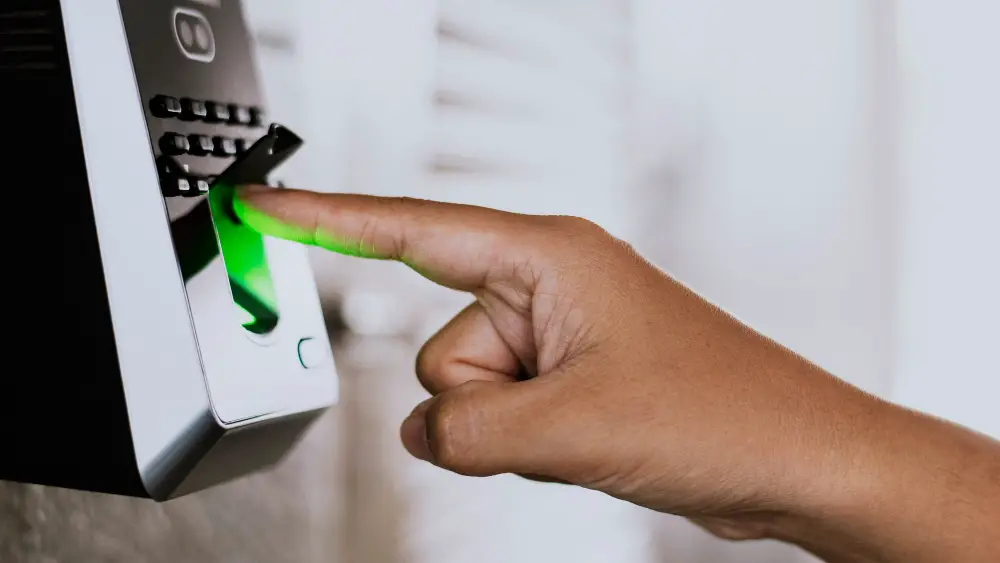
Smart locks offer keyless entry through various methods such as fingerprint recognition, voice commands or smartphone apps. This means that you can easily grant access to family members or guests without worrying about lost keys or unauthorized copies being made.
Smart locks also provide added security features such as real-time alerts when someone enters your home and tamper detection capabilities. Some models even allow remote locking and unlocking so you can control access from anywhere in the world.
When upgrading to a smart pocket door lock, it’s important to ensure compatibility with your existing hardware, and that installation is done correctly according to manufacturer instructions.
Safety Considerations
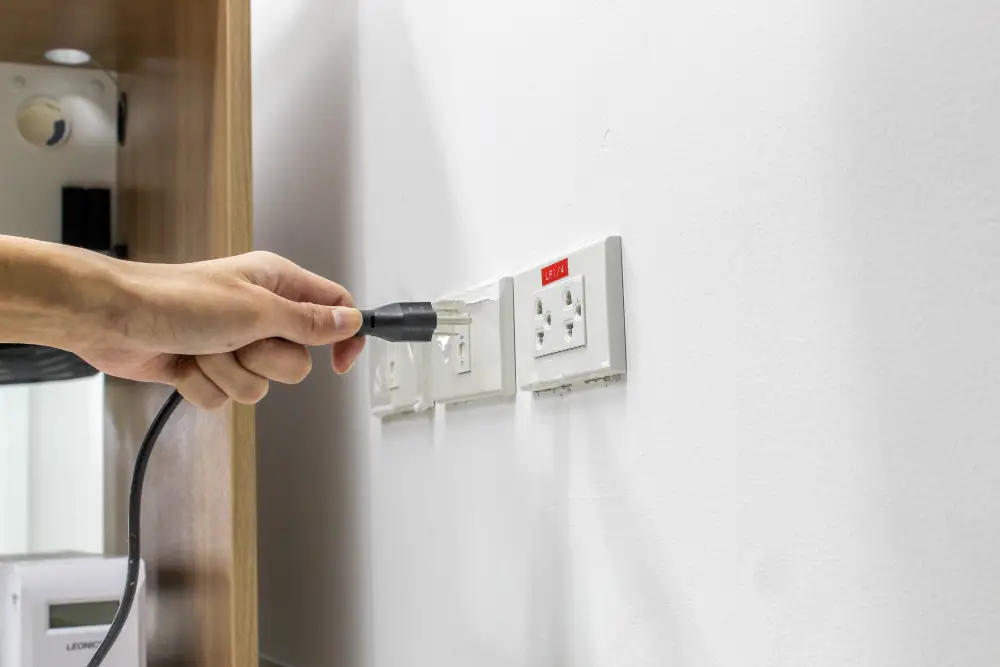
Before starting the project, make sure you have turned off the power supply in case any electrical components are involved. Ensure you have all the necessary tools and materials before beginning work to avoid accidents caused by rushing back and forth.
Handling sharp objects carefully is also essential when removing or installing locks, as they can cause injury if not handled properly. If possible, wear protective gloves while working on your pocket door lock.
Lastly, always follow manufacturer instructions carefully while installing and testing your new lock mechanism for optimal performance and safety.
Following the steps outlined in this article, you can ensure that your pocket door is secure and functioning properly. Remember to choose the type of lock for your needs and take safety precautions when working with tools.
With proper maintenance, your new lock will provide years of reliable service.
Now that you know how to change a pocket door lock without having to call in an expert or handyman every time there’s an issue with it; why not try? You’ll save money on repair costs while also gaining valuable DIY skills!
FAQ
Can you fix a pocket door without removing the frame?
Answer: Yes, you can fix a pocket door without removing the frame by following the appropriate steps and having proper knowledge of the repair process.
Can you replace a pocket door without removing the drywall?
Answer: You can replace a pocket door without removing drywall by lifting the door off the sliding track after removing the trim around the door.
Is it possible to change a pocket door lock without professional assistance?
Yes, changing a pocket door lock without professional assistance is possible.
What are the essential tools needed when replacing a pocket door lock?
Essential tools for replacing a pocket door lock include a screwdriver, utility knife, and measuring tape.
Are there specific lock types or brands recommended for pocket door security?
Answer: Some recommended lock types for pocket door security include brands such as Schlage, Kwikset, and Baldwin.




